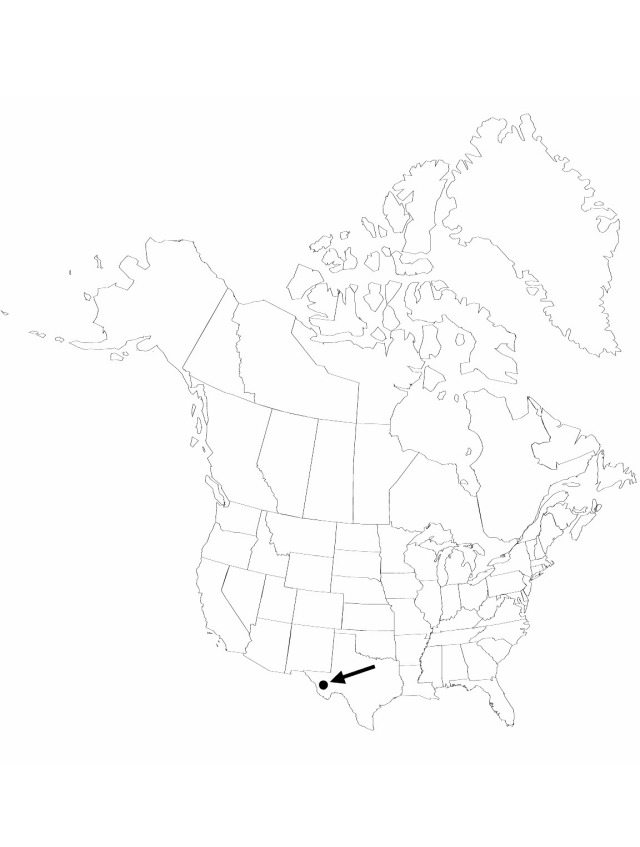Difference between revisions of "Potamogeton clystocarpus"
Memoirs of the american academy of arts and science n.s. 17:79, plates 15, 30, fig. 5. 1932.
imported>Volume Importer |
imported>Volume Importer |
||
| Line 54: | Line 54: | ||
|publication year=1932 | |publication year=1932 | ||
|special status=Endemic;Conservation concern | |special status=Endemic;Conservation concern | ||
| − | |source xml=https:// | + | |source xml=https://bitbucket.org/aafc-mbb/fna-data-curation/src/2e0870ddd59836b60bcf96646a41e87ea5a5943a/coarse_grained_fna_xml/V22/V22_58.xml |
|genus=Potamogeton | |genus=Potamogeton | ||
|species=Potamogeton clystocarpus | |species=Potamogeton clystocarpus | ||
Latest revision as of 21:32, 5 November 2020
Rhizomes absent. Cauline stems terete to slightly compressed, without spots, to 57 cm; glands white to gold, 0.2–0.3 mm diam. Turions: unknown. Leaves submersed, ± spirally arranged, sessile, delicate; stipules persistent, inconspicuous, convolute, free from blade, brown, not ligulate, to 0.62 cm, not fibrous, not shredding at tip, apex obtuse; blade green, linear, not arcuate, 3.2–7.8 cm × 0.7–1.7 mm, base slightly tapering, without basal lobes, not clasping, margins entire, not crispate, apex not hoodlike, acute, lacunae rarely absent, in 0–4 rows each side of midrib; veins 3(–5). Inflorescences unbranched, emersed; peduncles not dimorphic, axillary or terminal, erect, cylindric, 3.2–4.8 cm; spike not dimorphic, capitate to cylindric, 5.5–7.5 mm. Fruits sessile, brown to yellow-green, obovoid, compressed, abaxially and laterally keeled, 2–2.2 × 1.7–1.8 mm, lateral keels without points; beak erect, 0.5–0.6 mm; sides with 1–3 tubercules near base; embryo with 1 full spiral.
Phenology: Flowering and fruiting spring–summer.
Habitat: Small streams
Elevation: ca. 1800 m
Discussion
Potamogeton clystocarpus is an extremely limited species known from only one canyon in west Texas.
Of conservation concern.
Selected References
None.
